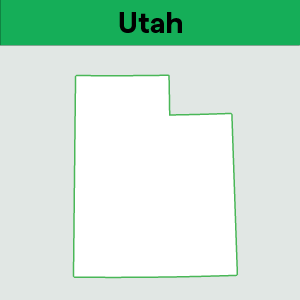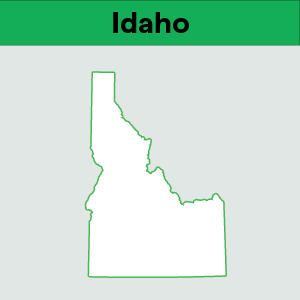How refunds factor into economic nexus thresholds
by November 13, 2024
Selling online has its benefits, but has its drawbacks as well. For one, refunds. Online retailers face a refund rate of over 20% compared to brick and mortar retailers who have a 9% refund rate, according to Retail Dive. Not only do retailers have to worry about logistics and costs involved with providing refunds, they have to worry about the sales tax implications as well, specifically, how it impacts their nexus thresholds.
Ever since the 2018 Supreme Court decision, South Dakota v. Wayfair, e-commerce sellers have become familiar with economic nexus laws. Now, instead of only requiring retailers to collect sales tax in states where they are physically located, states can require remote sellers that exceed sales or transaction thresholds to collect and file sales tax.
These thresholds are the key to determining where a company has sales tax obligations. Keeping up with transactions seems simple enough, and you are probably already keeping these records for sales tax compliance purposes. But you may be wondering if refunds count towards your transaction threshold. Let’s look into whether a sale and a refund count as one transaction or two.
Keeping up with transactions
While it might seem like a tiny detail, it could make a big impact. Being aware of transaction counts is the only way a business can ensure they are maintaining sales tax compliance. For example, let’s say a state has a 200 transaction threshold, and your business is hovering right at 190 transactions. Just ten more retail sales and you are now on the hook to calculate, collect, and remit sales tax in the state.
The good news is that transaction totals are based on retail or gross sales. A refund is neither of those things, and therefore would not be counted as a transaction. However, the original sale should still be counted as a transaction. To make this balance out, you’ll likely be filing an amended return with the state. This is because issuing a refund to a customer means also refunding the sales tax collected on the original purchase. (For a deep dive on amended returns, we have a blog post that will walk you through it.)
For business-specific advice, we recommend that you reach out to a tax advisor for guidance.
Nexus insights dashboard
Keeping up with economic nexus thresholds is a full-time job. Between maintaining transaction and sales counts for your business, as well as staying up to date on the different state threshold amounts, it’s no wonder many businesses choose to automate nexus management for their business with companies like TaxJar.
TaxJar’s Nexus Insights Dashboard makes it easy to see which states require you to collect sales tax based on your economic activity without having to rely on manual workflows. Our dashboard looks at all eligible sales to determine if your sales met any of these thresholds. Wholesale, marketplace, and free orders are subtracted in states where these types of sales do not count towards the thresholds. We will always import refunds into our system and you can see those listed as negative amounts on your Transactions page. More on how we handle refunds here.
TaxJar simplifies the process with an easy-to-use dashboard and notification system that helps you monitor your nexus exposure as you transact more sales online and across more states. Our dashboard warns you when you may need to register in a new state. Start your free 30-day TaxJar trial today.








